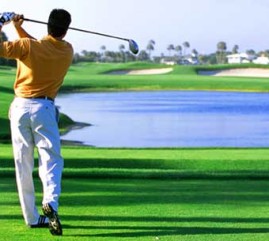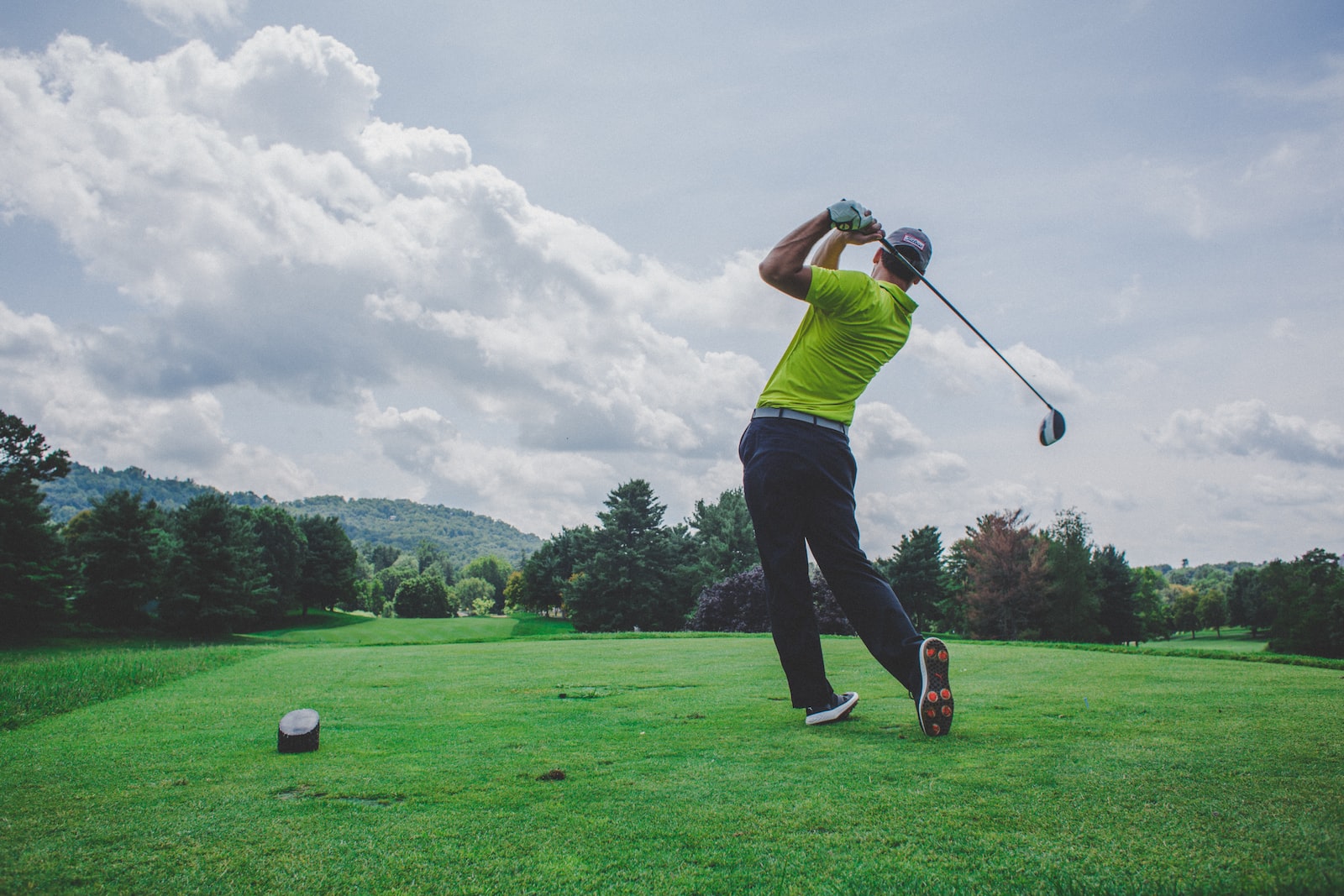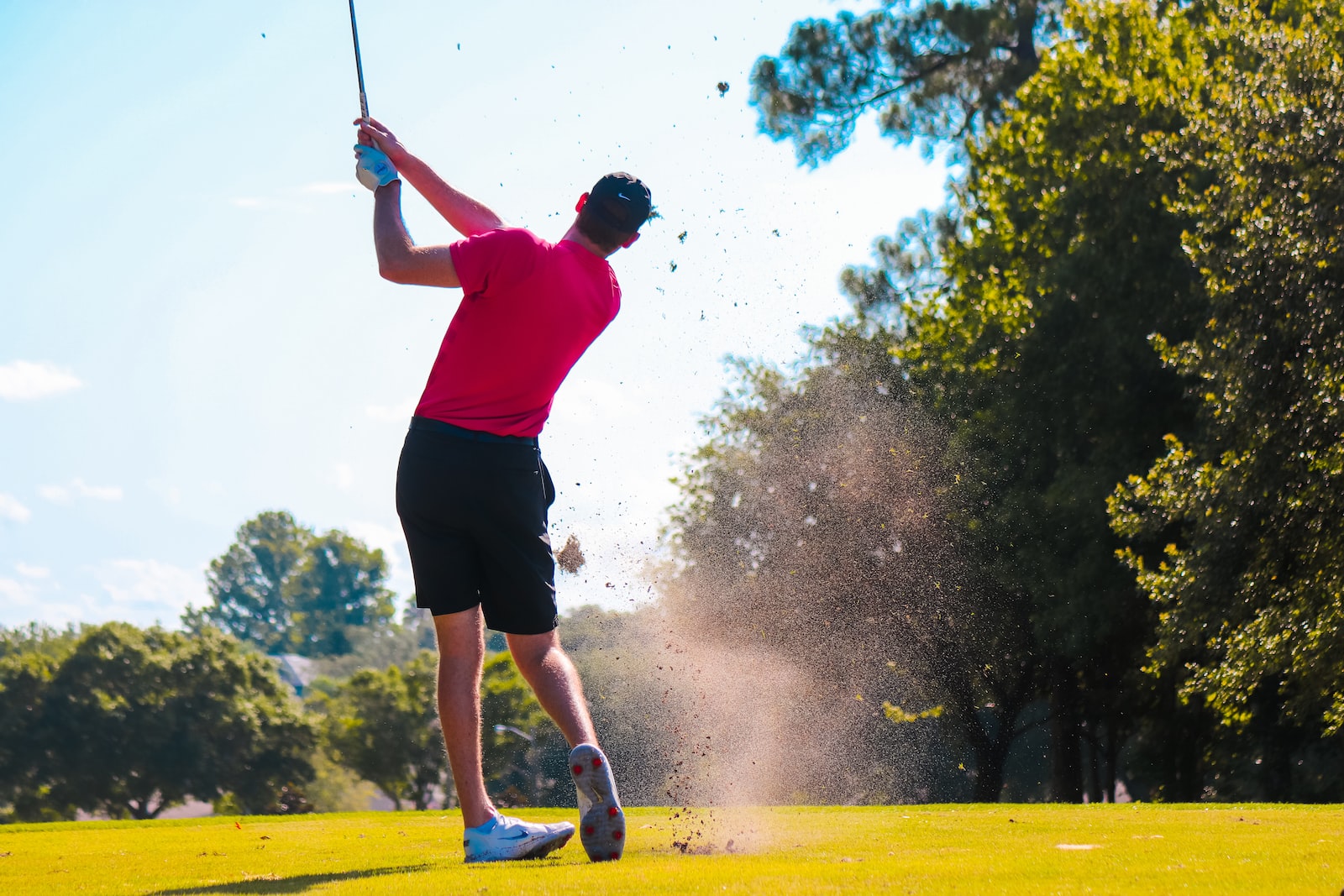Lower back pain is an increasingly frequent injury seen in amateur and professional golfers. We’ve found that more and more golfers are seeking medical advice and treatment for lower back pain than ever before. Is this you?
This series of articles will attempt to explain why you may suffer from lower back pain when playing golf or for the days following a round. With the Ryder Cup underway, it’s an opportune time to talk about the issue.
The pain could develop after a few holes or might start shortly after that 36-hole major you have played in and have worried about for the weeks, as you know the consequences that follow.
The lower back is designed to flex (bend forward) and extend (arch back), it is not designed to rotate (turn/twist). Is there any wonder so many people are complaining of lower back pain with the amount of rotational force that is put through the body when swinging a golf club, especially with everyone trying to hit the ball as far as Rory McIlroy?
A common reason why you suffer from lower back pain is due to the amount of rotation (turning) that the lower back does during the golf swing. This usually occurs because of a lack of movement in the upper back or one or both of your hips.
Every golfer needs to be able to achieve 60 degrees of isolated thoracic (upper back) rotation to swing the golf club efficiently, preventing the lower back from rotating and compensating for the upper back.
To test if you have 60 degrees thoracic (upper back) rotation, sit upright on a chair with your arms across your chest, keep your feet on the ground and hips facing forward. Rotate your thoracic (upper back) to the right and left to see If you can achieve 60 degrees. If you can’t, then this is usually a major contributor as to why you have lower back pain.


Another reason could be due to a lack of rotation in your hips. This follows the exact same principle as discussed above, your hips need to be able to rotate in order for you to be able to turn and complete your back swing. If over time they become habitually stiff due to lack of movement or long periods sitting at a desk or driving, this will start to transfer on to the golf course, meaning your hips won’t rotate, leading to your lower back rotating, which it is not designed to do!
The body develops bad habits/movement patterns and poor postures over time, these bad habits and poor movement patterns are then transferred to the golf course. If an area of your body is unable to move due to stiffness then another body area compensates and will do extra work. This over time causes repeated overuse of the area, leading to several potential injuries that can occur in the lower back.
To conclude, your lower back pain is often caused by a restriction in another area, so no matter how many stretches/treatments you do or have on your lower back, this may not get rid of the issue. To correct and treat your lower back pain effectively and prevent reoccurrence, you need to address the correct area. If you fix the root cause of the problem you are 9 times out of 10 on to a winner!



